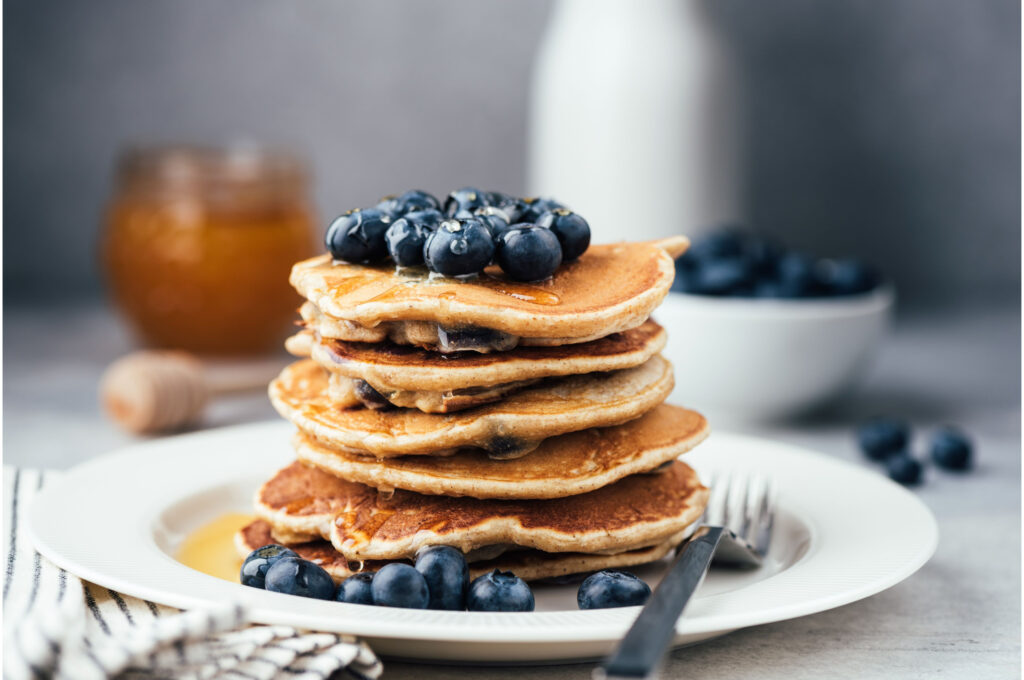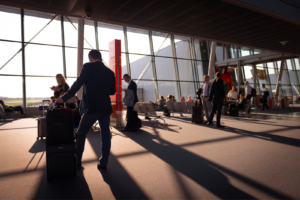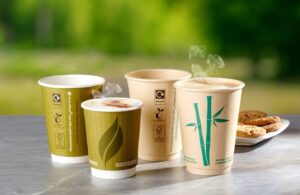Picture-perfect pancakes: Why Pancake Day remains a puzzling tradition for most Brits?

Pancake Day is around the corner, bringing with it the joy of flipping and feasting on delicious pancakes. Research shows that 4 in 5 Brits participate in this awesome tradition. In the UK, 52 million eggs are used on this day, which is almost 2.5 times more than the average daily consumption for the country. However, many Britons are unaware of the reasons behind this tasty tradition.
Pancake Day, alternatively known as Shrove Tuesday, marks the final day before Lent. The date of Shrove Tuesday varies each year, as it indicates the upcoming start of the 40-days long Lent, starting with Ash Wednesday and ending at Easter. During Lent, Christians engage in fasting, refraining from the consumption of fatty foods and ingredients. Originally, Shrove Tuesday served as the last opportunity to use up those ingredients in one’s kitchen, all of which contribute to making the perfect pancake mix. What better way to utilise these ingredients than by making a pancake feast?
“Pancakes are a delicious treat, but they are also a feast for the eyes” says James Whitten, Marketing Manager at photoGuard.
To celebrate Pancake Day, leading camera equipment insurer photoGuard created a guide full of helpful tips to capture pancakes in their full beauty.
The lighting
The lighting is going to impact how tasty the food looks, so it is important to get it right. Where possible, always prioritise the use of natural lighting.
Choosing the angles
It is advised to capture pancake images from diverse perspectives. Experiment with shots from an overhead view as well as from a 45-degree angle. Rotate the plate or bowl to identify the ideal angle that highlights the food most effectively.
Minimalistic approach
Keeping the clutter in the background to a minimum is key. The food is the centrepiece and anything else can be distracting, a simple backdrop should do the job.
Picking the correct lens
Careful consideration of the lens is crucial. For those aiming to capture close-up shots of their food, opting for a macro lens is advisable. In general, an ultra-wide-angle lens may not be necessary for food photography, and a 50mm lens can also perform exceptionally well in most situations.
“You don’t need to be chef to take great pictures of your food and it doesn’t matter if some of your pancakes aren’t quite as easy on the eye as others” adds Whitten.
Read more helpful tips on:
https://www.photoguard.co.uk/pancake-photography




